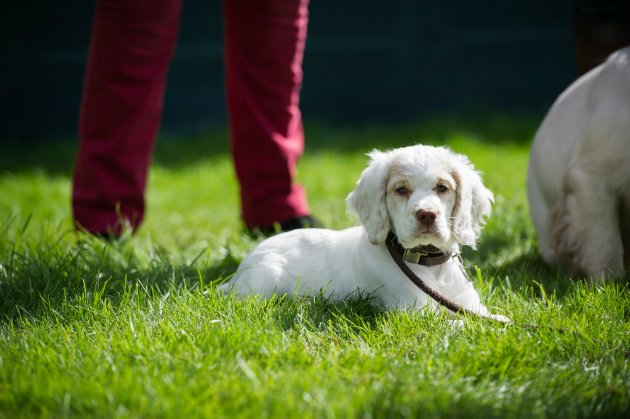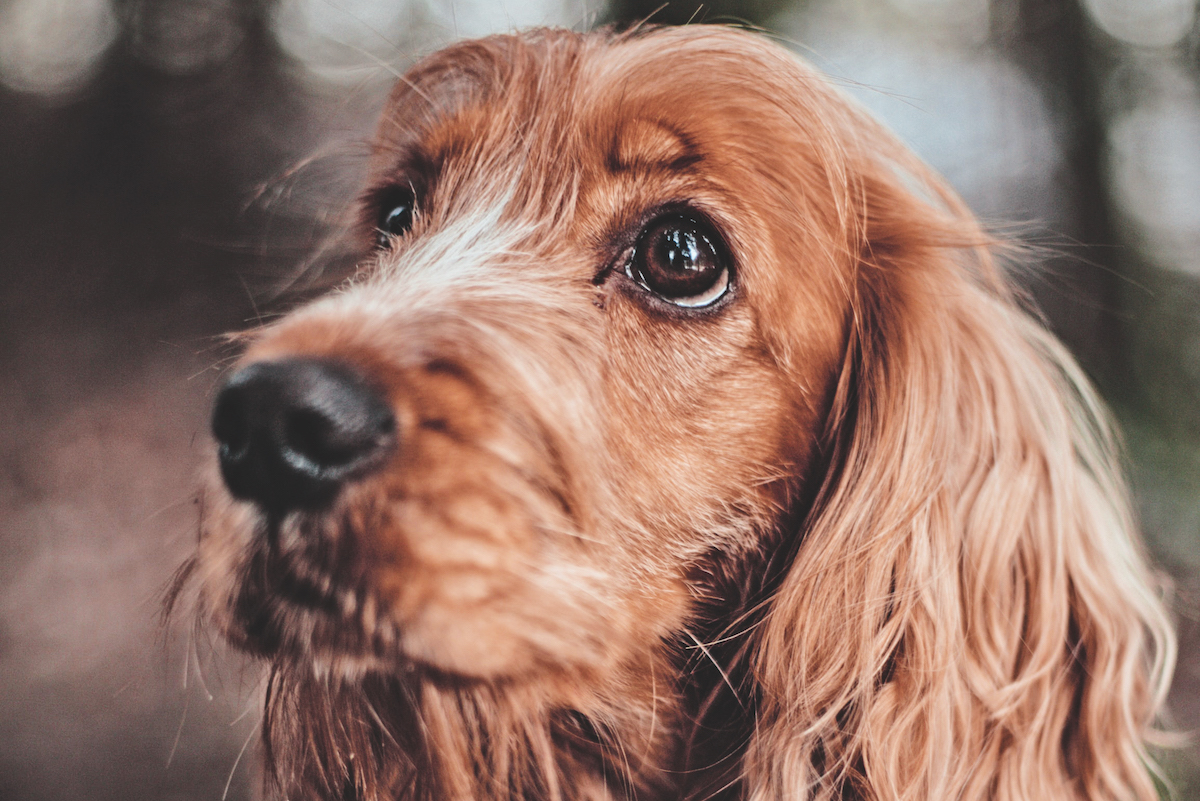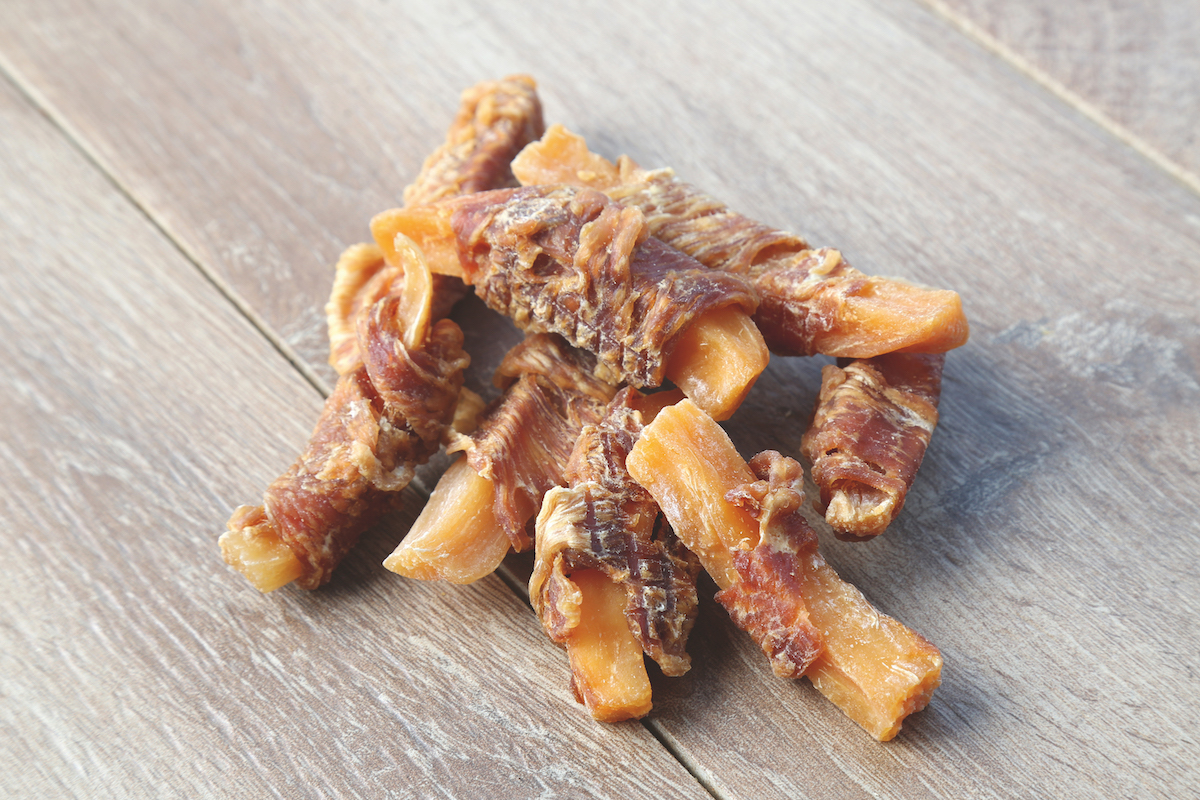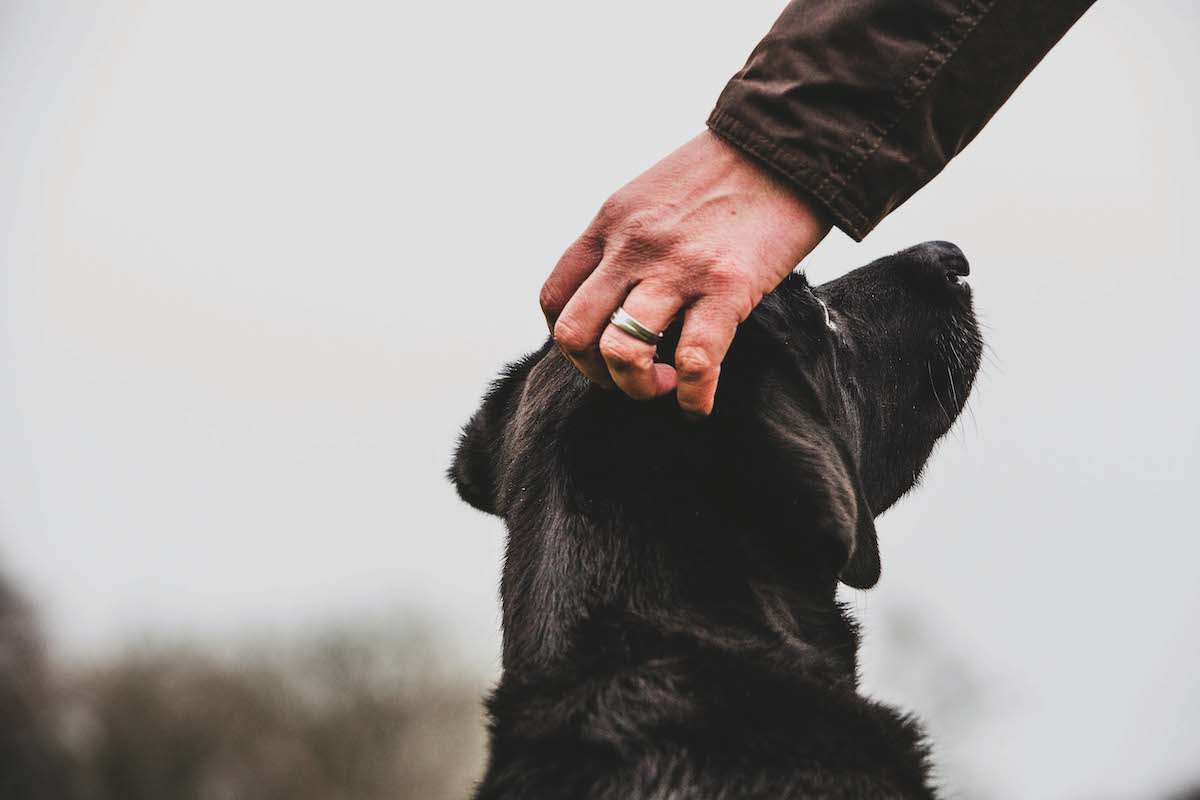Puppies and umbelical hernias – what you need to know
How should a puppy's umbilical hernia be treated? Vet Tony Buckwell advises

Put the puppy on a lead to meet the older dog
Umbilical hernia on puppy
Q: My puppy bitch has an umbilical hernia that the vet intended to repair when she was spayed after her first season. However, we are having second thoughts about neutering her and wanted to know if this means she still needs an operation to repair her hernia?
A: An umbilical hernia on a puppy is a condition in which abdominal contents protrude through the abdominal wall near the umbilicus (the belly button). The hernia appears as a soft abdominal mass and can usually be diagnosed by finding the swelling caused by the hernia during a physical examination.
Generally, the contents of the hernia sack can be gently displaced back into the abdomen if a puppy has a small umbilical hernia, by regularly pushing the contents back into the abdomen while the puppy is growing. This can mean that the need for surgical repair can be avoided. This is because the opening generally remains the same size while the dog grows progressively bigger to the point that, once mature, the opening is so relatively small as to allow little or nothing to pass through.
Vets often elect to repair umbilical hernias if a dog is to have an operation that involves opening the abdomen, such as for the purpose of neutering a bitch. Then it makes sense to eliminate the hernia at the same time as closing the abdominal wound. Otherwise, the necessity of a specific operation to repair the hernia will very much depend on the size and extent of the hernia.
My advice would be to get in the habit of regularly pushing the contents of the hernia, which usually comprises little more than abdominal fat, back into the abdomen. Once the bitch is more mature, allow your vet to re-examine her and ask them to advise on the need or otherwise for surgical repair.








